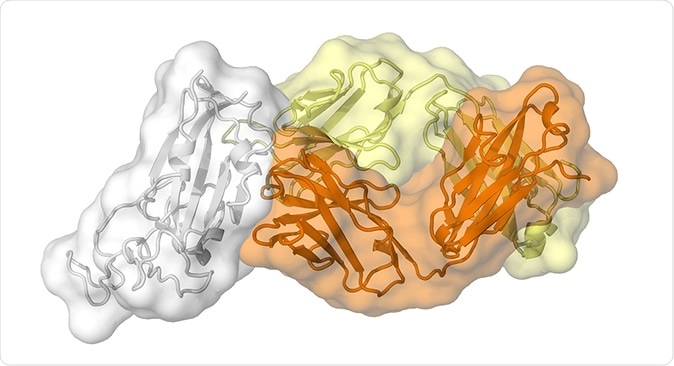One of the most dreaded viruses today is the novel coronavirus, popularly known as the severe acute respiratory syndrome coronavirus 2 (SARS-CoV-2). It causes the coronavirus disease (COVID-19) that is wreaking havoc across the globe. Health experts and scientists come to grips with fighting the virus, but there is still no vaccine or cure for it. Now, a team of scientists may have found the coronavirus’s weakness, which can help develop new therapies to combat the deadly virus.
The scientists from Scripps Research, reveal a likely vulnerability or weakness of the coronavirus. An antibody, called CR3022, recovered from a survivor of the SARS outbreak in 2002, has shown a potential vulnerability of the novel coronavirus.
Published in the journal Science, the study highlights a potential target in fighting the coronavirus global pandemic.
Coronavirus’ ‘chink in the armor’
Antibodies are proteins in the body’s immune system, which is produced to identify and ward off viruses. In some instances, antibodies cannot kill a virus if they do not bind to the right location. The researchers said that they were able to identify a specific area of the virus that can be targeted with drugs and can help with the development of vaccines.
The antibody was isolated in 2006 by the company Crucell Holland BV in the Netherlands from a SARS patient. This illness rippled across the globe in 2002, infecting more than 8,000 people and killing about 800 people.
A report from Chinese scientists earlier this year indicated that CR3022 cross-reacts against SARS-CoV-2. Wilson’s team used their structural mapping expertise to determine how the antibody binds to SARS-CoV-2.

An antibody called CR3022, produced by a patient in response to the coronavirus that causes SARS, also binds to the new coronavirus that causes COVID-19. (Image courtesy of Meng Yuan and Nicholas Wu of the Wilson lab.)
The researchers noticed that the antibody’s binding site is highly similar between the SARS and SARS-CoV-2, differing by just four protein building blocks called amino acids. That high degree of similarity implies that the site has a vital function that would be lost if it mutated significantly.
“The knowledge of conserved sites like this can aid in structure-based design of vaccines and therapeutics against SARS-CoV-2, and these would also protect against other coronaviruses—including those that may emerge in the future,” Ian Wilson, DPhil, Hansen Professor of Structural Biology and Chair of the Department of Integrative Structural and Computational Biology at Scripps Research, said.
Hidden region
The team revealed that the antibody binding site on the viruses are hidden inside, and only exposed when part of the virus changes its structure, just like in natural infection. The team further found that despite the small difference between the two coronaviruses, the antibody binds much less tightly to SARS-CoV-2, and it cannot neutralize the virus in lab tests.
However, the findings still hint at the weakness in the virus being the binding site for antibodies. When the antibody is able to bind more tightly, it may lead to neutralizing the virus.
Study implications
The Wilson laboratory works on structural studies of antibodies bound to certain viruses such as influenza and HIV. These studies were bases for drugs and vaccines, as well as other treatments. Now, amid the coronavirus disease pandemic, the laboratory focuses on the SARS-CoV-2.
“Our ultimate goal here is to obtain structural information on antibodies and their binding sites, and use that to guide SARS-CoV-2 vaccine design, just as our lab has done with influenza and HIV,” Nicholas Wu, PhD, a postdoctoral research associate in the Wilson lab, said.
Now, the Scripps Research is looking for COVID-19 survivors who are willing to donate their blood. This way, the team can further study antibodies and how they can ward off viruses, such as the coronavirus that has sickened 1.3 million across 184 countries and territories, killing more than 74,000 people.
The United States has reported the most cases with more than 368,000.
Journal reference:
Yuan, M., Wu, N., Zhu, X., Lee, C., So, R, et al. (2020). A highly conserved cryptic epitope in the receptor-binding domains of SARS-CoV-2 and SARS-CoV. Science. https://science.sciencemag.org/content/early/2020/04/02/science.abb7269